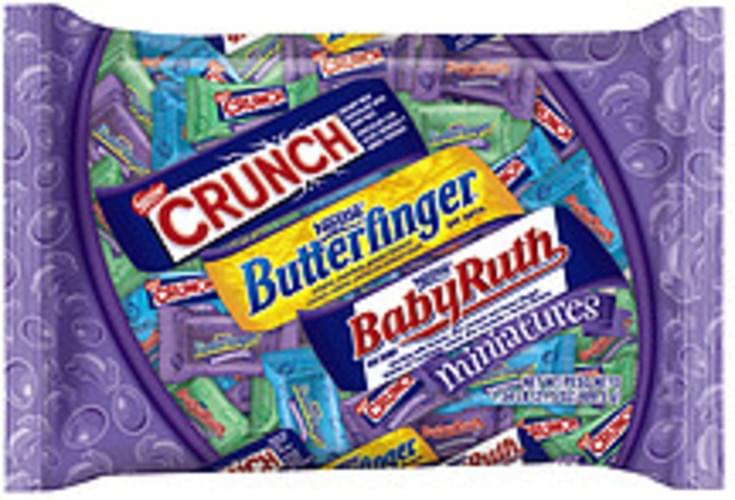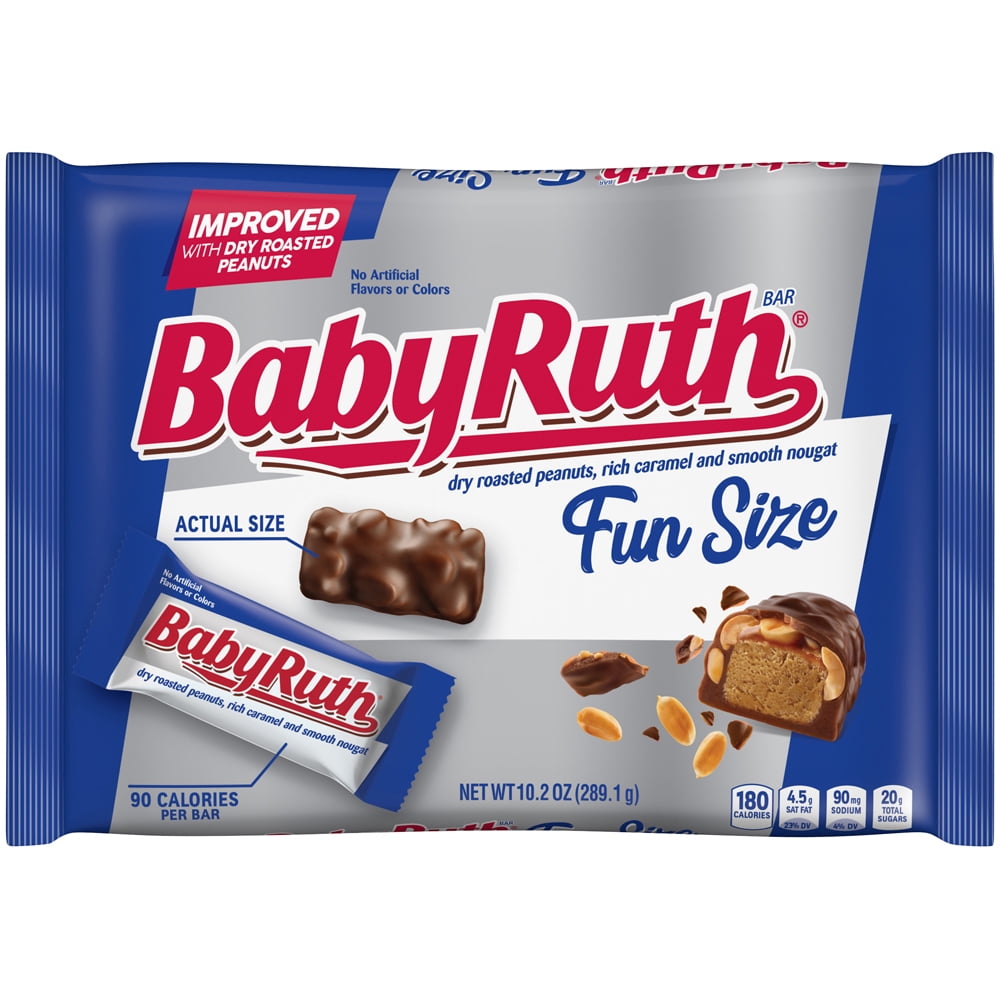

Since most bars used the same six or seven ingredients, people were furiously trying to figure out how to differentiate their brand,” says Almond.Ĭandy companies often named their popular bars after pop culture icons: “Charles Lindbergh begat both The Lindy and Winning Lindy. The 18 th Amendment Bar was born in Chicago during Prohibition. The Charleston Chew took its name from a local dance craze.

(Yes, really.) Because a lack of widespread refrigeration and transportation issues remained a barrier to national distribution, regional brands dominated each market, creating bars with names that appealed to local pride. How the Battle of Stalingrad Marked a Turning Point in WWII Chocolate Candy Bar Marketing: It’s All in the Nameĭuring the candy bar boom, nearly every major city had a set of confectioners cranking out as many types of candy bars as they could, filling them with everything from nougat, marshmallow and nuts to fruits and dehydrated vegetables. By the end of the 1920s, more than 40,000 different candy bars were being made in the U.S., says Susan Benjamin, candy historian and author of Sweet as Sin: The Unwrapped Story of How Candy Became America’s Favorite Pleasure. GIs returned from the war with an insatiable appetite for chocolate, they arrived back just before the onset of Prohibition-when Americans actively sought alternatives to alcohol to boost their energy and mood, from soda to ice cream to candy.

Not to be outdone, the American Army Quartermaster Corps solicited donations of 20-pound blocks of chocolate from confectioners back home, which they then cut down and wrapped by hand.

The Mayor of York sent a tin of hometown confectioner Rowntree’s chocolates to residents in uniform, and in 1915, every U.K, soldier abroad received a “ King George Chocolate Tin.” In World War I, the British military gave soldiers chocolate to boost morale and energy. When Ruth learned of the verdict, he bellowed, “Well, I ain’t eatin’ your damned candy bar anymore!” Somehow, the Baby Ruth bar survived without his support.Two soldiers of the 351st Field Artillery which returned on the 'Louisville' receive candy from the Salvation Army women that welcome every troopship arriving in port, 1919. Although the country’s most famous baseball star would seem much more likely to have a namesake candy than a former president's departed child, the courts sided with Curtiss. “Baby” Ruth herself had died of diphtheria in 1904, at just 12 years old. Cleveland had been out of office for more than two decades and dead for 12 years when the bar debuted. Its bar was named after “Baby” Ruth Cleveland, daughter of President Grover Cleveland.įor years, this has been the oft-repeated explanation, but the argument makes no sense. But what happened next was surprising: When the Sultan of Swat accused the company of using his name, Curtiss feigned shock. Curtiss quickly sued Ruth’s company for trademark infringement. Sensing opportunity, the Great Bambino struck back by creating his own Babe Ruth Home Run Bar. If you were going to misappropriate someone’s name for a candy bar, Ruth’s was a logical choice. Babe Ruth was having a monstrous year-his 54 home runs in the 1920 season were more than any other team in the American League. In 1920, the Curtiss Candy Company introduced the Baby Ruth candy bar, causing a certain baseball player with a very similar name to take notice.


 0 kommentar(er)
0 kommentar(er)
